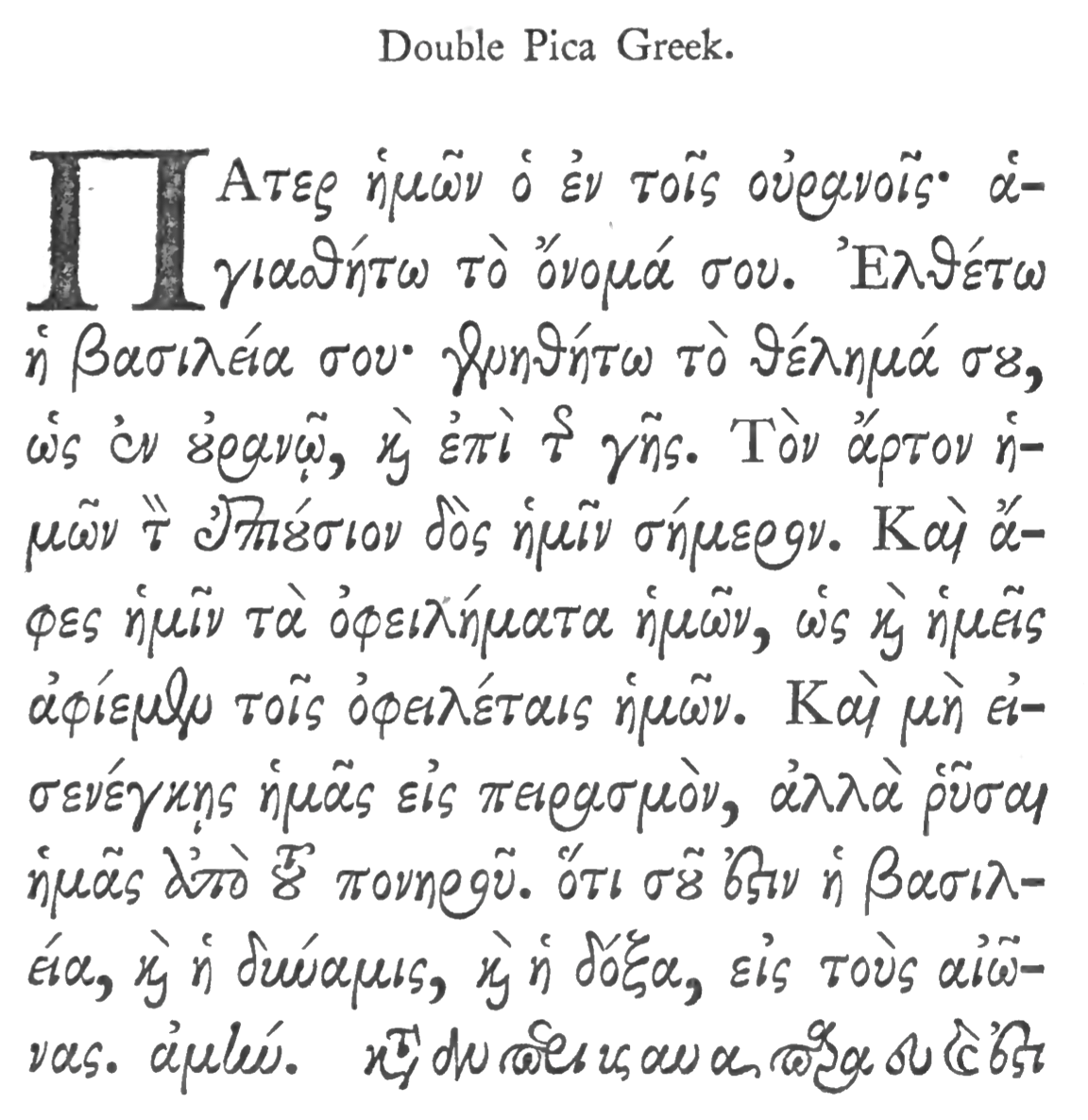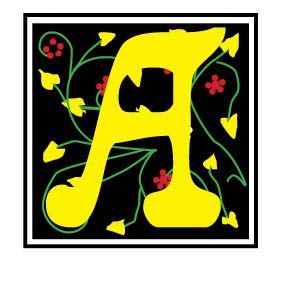Why Care About Type In Your Church?
Form or function? Is the type I use for church bulletins, newsletters and announcements a matter of "what is pleasing to the eye" (aesthetics/form) or is it simply an issue of “what gets the job done” (mechanics/function)? That’s very often the question, not only on theological or church growth issues, but also for church-oriented computer users when choosing a typeface for a particular job.
Most church bulletins, news-letters, correspondence and other written documentation seem fairly “bland” and straightforward in terms of the kinds of typefaces used to produce them. Many people, we think, don’t even pay too much attention to them. But, do we care about type? Every time we say, “That’s really nice!” about a wedding invitation, or “This is so clear to read!” about an ad or a flyer, or “That must be really sophisticated!” about a magazine cover, we indicate our care about type. On the other hand, when we squint to read an important announcement, or simply don’t read our church bulletin due to poor composition, or too many typo’s, we are saying that we care about type. We, consciously or unconsciously, use “bigger” and “bolder” type for signs and directions. Why? Because we care about legibility. We want the message that our type conveys to get across to those who read it.
We want “playful” type for those youth announcements, or children’s functions, or church volleyball game. Using either manually paste-in graphics from a church art supplier, or computer-generated graphics placed into the text through a page layout program, we show our care about type when we stop to consider what typeface goes with this graphic. We care about type because many of our churches are becoming “seeker-sensitive.” That means we are seeking, through differing “mediums,” like what the church prints, to convey clearly and effectively the “message” of the gospel of Jesus Christ. Since many people outside the church care about what they see, and hear, and read, we want to produce excellent promotional pieces and bulletins that “stand-out” and church correspondence that grabs their attention. Churches that still produce older typewriter generated bulletins run off by a stencil on the Rex Rotary (what's that?!) or older duplicator are becoming the focus of church cartoons and not considered a serious option in the twenty-first century.
We care about type because we also like to experiment and try a new challenge. So, we spend a few dollars and buy one or two of the many font packs made available to the Mac or Windows user. Then, as many professional typographers quickly point out, we tend to overuse and misuse and do all kinds of “wrong” things with fonts and font combinations. But, we like to experiment with type anyway.
Why should you care about type? Simply because when choosing a typeface, you must consider both character and legibility. Character has to do with the overall personality or mood a typeface projects. Legibility has to do with how easy or difficult it is to recognize each word in a particular typeface. Readability deals with the relative ease with which you can read a printed page. Overall appearance of the page involves how your type is arranged and how the page is designed. Page layout knowledge will help you in the overall “look” of your bulletin or newsletter. Typeface, or font, knowledge will help you better communicate the message you want the reader to receive.
Note the different character projected by the following fonts:
Character — legible, newsy, modern
Character or Character — display, highlights, imposing, strong
Character — playful
Character — script, invitations
Character — youthful, informal
Yes, we want to “get the job done.” We may not want to invest the time or money involved in typographical training. We may not have the slightest inclination to do so. But the Scriptures command us in whatever we do to “do all to the glory of God.” I believe an intelligent and studied use of type choices available to the Macintosh or Windows com-puter user today can help us achieve that end.
Successful Layout & Design



